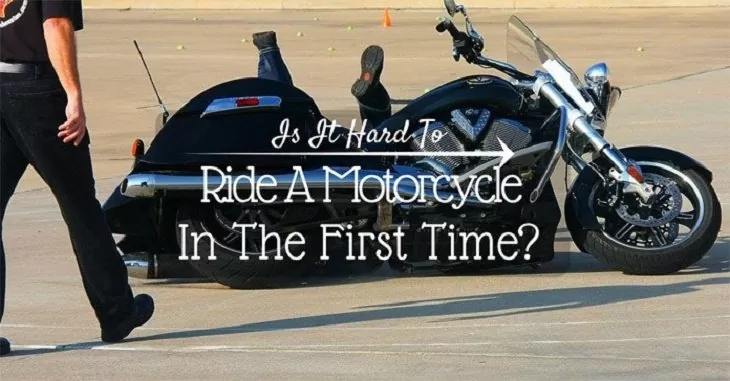Is it hard to ride a motorcycle? What do you need to learn how to become a proper rider? Are there any extra precautions you should take while getting into the riding lifestyle?
These are all questions you need to ask yourself before you learn how to properly and professionally ride a bike. The answers, of course, depend on how serious you are about life as a rider. Consider the following:
Before we give you answers to the “is it hard to ride a motorcycle?” question, you first need to keep the following warnings in mind:
- Never try riding a motorbike when you are under the influence of alcohol, drugs, or any other substance
- Don’t try to operate a bike without wearing the proper safety gear
- Most riders get involved in crashes at one point or another; therefore, you should remember that riding a motorbike is a dangerous affair
- To prevent serious injury, always employ the right techniques
That said, answering the “is it hard to ride a motorcycle?” will depend on you as a person. In fact, everyone has a different experience where motorcycles are concerned – something you will learn from the tutors at your bike training school.
On a typical day, the training school will receive students with different abilities. Like with any other learning process, therefore, learning how to ride a motorcycle properly might seem natural for you and look like a slow burning experience for others (or vice versa).
However, slow burners also have the ability to become quite as good as any experienced rider. The only difference is that they will require more help in the process. In case you fall into this category, don’t just ask “is it hard to ride a motorcycle?”, go all out and learn. Consider the following:
Ride A Motorcycle In The First Time:
1. Local Riding Lessons
They will even go a step further and provide you with several handy tips that you can use to ensure you get it right every single time. Similarly, the riding school tutors will teach you many safety tips.
These are some of the benefits that come with learning how to ride a bike properly, from a professional, and within a controlled environment. Of course, you are going to gain more by choosing this option instead of asking a biker friend to teach you.
However, you still need to ensure that you are working with the right riding school. Consequently, we would advise that you go online and check out what they have to offer, and what previous students have to say about the service and facilities.
2. Safety First
To this end, you should only learn how to ride a bike by emphasizing on security. This is easy to do if you sign up with a riding school that prioritizes safety over learning. After all, it doesn’t make sense for you to go on the road and have fun only to get into an accident.
The riding school you choose, therefore, should be able to break motorcycle riding step by step before building up from the basics. Their focus on safety will ensure you feel better about the training lesson and comfortable enough to understand your strengths and weaknesses.
3. Coordination Matters
In the same way, riding a motorcycle requires lots of coordination. In fact, you could compare it to rubbing your belly and patting your head at the same time. After all, you will have to coordinate your feet and hands, all the while ensuring that your balance is in good form.
4. Attitude Over Speed
In fact, when you are on the road, you will have safety equipment on and your brain to count on. To ensure that you are using both correctly, and they are working for you, remain relaxed and calm. Bike riding requires a positive attitude at all times.
5. Patience
At the initial stages of learning how to ride a bike, you will realize that the activity calls for lots of patience.
Consequently, you should remember that riders need to ride for 10 kilometers to keep a bike going straight, 100 kilometers to familiarize themselves with all the controls, 1000 kilometers to be good enough for the streets, and 10,000 kilometers (and several incidents) to be called a pro.
Stages Of Proficiency
a) Mechanical – 100 km
After 100km, you should be able to operate your bike, start and ride it around, as well as change direction and gears.
b) Physical – 1,000 km
At this point, you will be comfortable enough to operate a bike voluntarily, as well as react positively when pushed into a corner. You’ll also know how fast your bike can stop, turn, or both – as well as what you can or can’t do.
c) Spatial – 10,000 km
This is widely considered to be the final stage in motorcycle riding and handling proficiency. Here, you will be able to strategically and masterfully handle your bike, concentrate on your surroundings, and develop an advanced sense of your surroundings. Use this awareness to maneuver your bike efficiently and avoid all sudden motions and accidents.
Final Verdict
Over and above everything else, answering the “is it hard to ride a motorcycle?” depends on many factors including your ability, attitude, training, patience, and more. Use the guide above to help you master riding going through all the stages until you become proficient.

